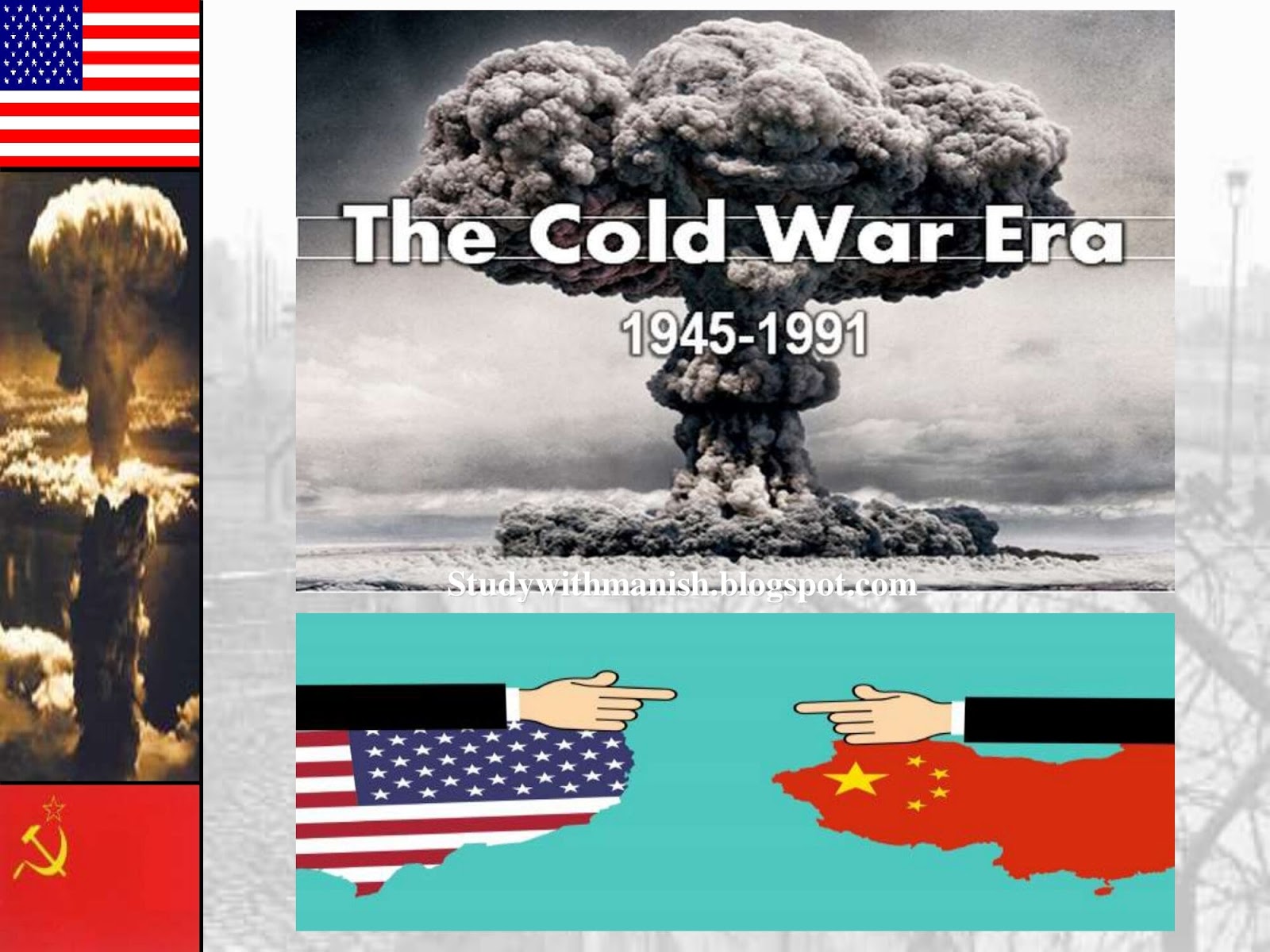


After the crisis, steps were taken to avoid the prospect of nuclear war in the future. The Soviet missiles were removed and America agreed they would not invade Cuba, leaving a communist government on their doorstep. Khrushchev sent letters to Kennedy and a peaceful resolution was found. American President Kennedy considered many options to deal with this threat, eventually deciding to put a naval quarantine in place.Īs Soviet ships advanced towards the blockade, it appeared as though confrontation was inevitable. After a botched attempt to overthrow Castro with the Bay of Pigs invasion in 1961, a crisis was sparked in 1962 when American U2 spy planes found evidence of Soviet missile sites under construction in Cuba. In Cuba, a revolution by Fidel Castro in 1959 resulted in America having a communist country just 90 miles from its border. As it was, both sides eventually backed down, and President Kennedy remarked it was ‘better to have a wall than a war.’ The Wall seemed to have ended the problems of Berlin as a Cold War flashpoint. Had either side opened fire, war could have broken out. Russian leader Khrushchev claimed the wall was in fact a way of preventing American spies from infiltrating the communist east.Īs the wall was constructed, there was a stand-off at Checkpoint Charlie as US and Soviet tanks faced off against each other. This was embarrassing for communism and suggested that their system was inferior to capitalism. Millions of people had emigrated from East Berlin to the West in the years after World War Two. The Berlin WallĪ further crisis arose in Berlin in 1961.

Two key confrontations of the Cold War were the building of the Berlin Wall in 1961 and the Cuban Missile Crisis in 1962.


 0 kommentar(er)
0 kommentar(er)
